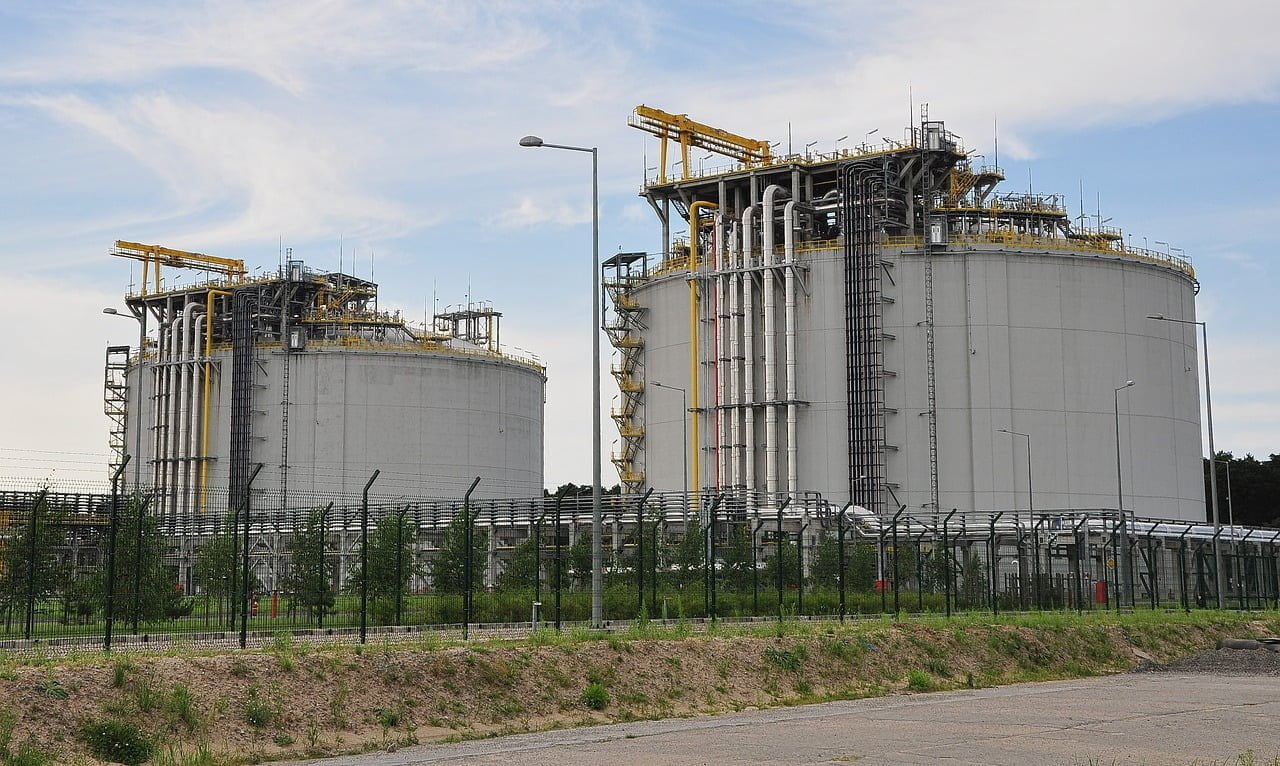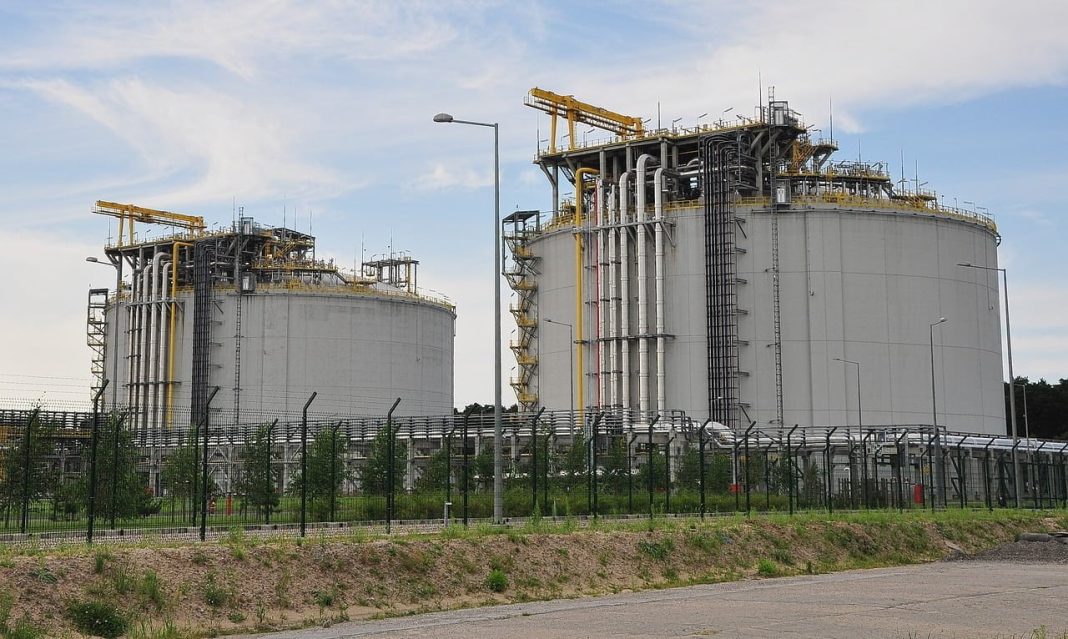 Building Australia’s Clean Industrial Future: A Path to Economic Growth and Decarbonization
Building Australia’s Clean Industrial Future: A Path to Economic Growth and Decarbonization
The potential of battery technologies in Australia is vast and could be a game-changer for the country’s economy. According to a report by Beyond Zero Emissions (BZE), investing in Australian manufacturing and cleantech could result in a profit boost of $215 billion and the creation of 53,000 new jobs by 2035. The report, titled “Make it here: building Australia’s clean industrial future,” emphasizes the need for bold measures to leverage Australia’s natural resources and foster innovation as the world intensifies efforts to achieve net-zero emissions.
One of the key findings of the report is the importance of developing onshore supply chains for solar, wind, batteries, heat pumps, and commercial electric vehicles (CEVs) to drive economic growth. Battery technologies, in particular, are deemed the most promising sector for Australia’s economy, with the potential to create up to 20,000 jobs and generate $114 billion in domestic revenue by 2035.
Heidi Lee, CEO of BZE, highlights Australia’s potential to lead the transition to clean technology due to its abundance of natural resources, innovation capabilities, and manufacturing capacity. However, while Australia has one of the largest reserves of raw minerals required for cleantech, it currently lacks the refining and processing infrastructure necessary to capture the full value of the supply chain. As a result, the report recommends that Australia shift its focus from exporting raw materials to refining, processing, and manufacturing these mineral reserves domestically, which could lead to a profit boost of $215 billion.
The report also emphasizes the need for strategic investments in industries and regional communities that would facilitate a shift away from fossil fuels. Places like Gladstone in Queensland, Kwinana in Western Australia (WA), and the Hunter Valley region in New South Wales (NSW) have the potential to become hubs for clean industrial growth, supporting local economies and creating new jobs. To foster a competitive manufacturing landscape and drive demand for local cleantech products, the report suggests introducing time-limited financial incentives.
Furthermore, the report advocates for centralizing cleantech manufacturing in industry hubs and accelerating the movement towards a more circular economy. By doing so, Australia can maximize the capabilities of its cleantech manufacturing industry and utilize its abundant low-cost renewable energy resources to produce zero-emission materials and equipment.
As the clean energy transition gains momentum, it is crucial for Australia to ramp up its supply over the next decade to meet its climate targets. The Australian Energy Market Operator’s Green Energy Export Scenario predicts that by 2035, 93% of the National Electricity Market will be powered by renewables, a significant increase from the current 36% usage. Additionally, the report estimates that Australia’s green export mix has the potential to grow to $333 billion per annum by 2050, nearly triple the value of fossil fuel exports in 2020/21.
To ensure a skilled workforce for the clean energy sector, the federal government recently announced the expansion of the New Energy Apprenticeships Program. This program aims to upskill apprentices and trainees in sectors related to clean energy, including designing and constructing hydroelectricity, solar and battery installations, and electric vehicle maintenance. Climate Change and Energy Minister Chris Bowen highlights the importance of equipping workers with the necessary skills to participate in the renewable energy and electric vehicle sectors.
In conclusion, Australia has a tremendous opportunity to leverage its natural resources, innovation capabilities, and manufacturing capacity to build a clean industrial future. By investing in battery technologies and developing onshore supply chains, Australia can drive economic growth, create thousands of new jobs, and contribute significantly to decarbonization efforts. However, it is crucial for the country to shift its focus from exporting raw materials to refining and manufacturing these resources domestically. With strategic investments, financial incentives, and a commitment to a circular economy, Australia can become a global leader in clean technology and reap the economic and environmental benefits.


